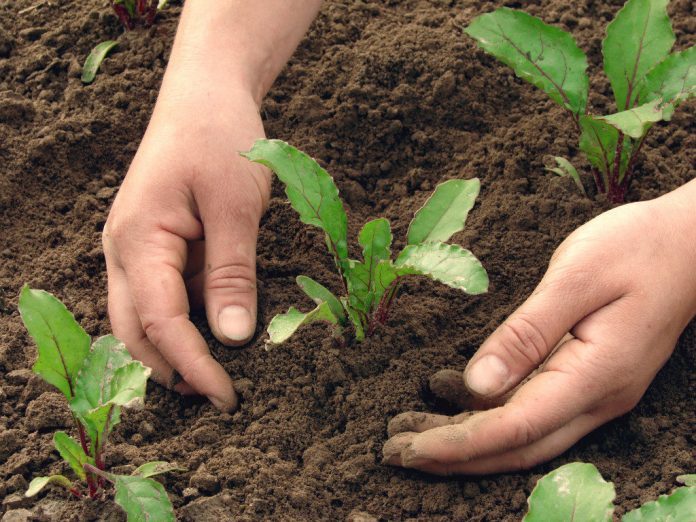According to Mother earth living, an online agri-solutions platform, transplants need to be moved into moist and well prepared soil which allows them to recover faster from transplanting shock.
So, one should as much as possible avoid walking on the soil that will house the transplants, but preferably work from a pathway.
The soil needs to be loosened at least to a shovel depth, with significant amount of organic matter incorporated and raked smoothly prior to transplanting.
Depending on which vegetable you want to transplant, peppers and eggplants are best transplanted during warm weather and warm soil.
Similarly, weeds need to be effectively dealt with by applying mulch immediately after planting. The mulch should be applied at least one inch away from the transplants stem to allow for air circulation, in addition to preventing disease problems.
After successfully transplanting in the field/ garden, the transplants need to be watered thoroughly
Meanwhile, tropical permaculture, another online agri-solution platform advice that plants like cauliflowers and lettuce do not do well under intense heat, while plants tomatoes doesn’t stand humidity.
Again, too much heat and humidity leads to transplants having stress which may attract insect and other pests. This is because stressed plants emit substances which could be easily detected by pests.
So it is advised that vegetables are planted on good and deep soil with regular supply of moisture, in addition to planting them in the right position.





